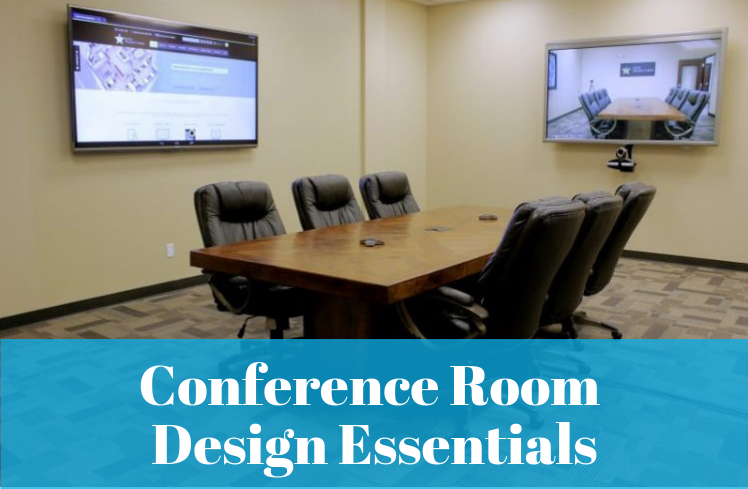Every business needs a space for employees and clients to gather to work effectively and to foster its sense of community, so conference room design is critical to ensure that it can serve its many purposes. Thinking through those purposes at the outset will promote efficiency and save time and money in the future. Consider these factors to guarantee that the room will serve its needs and grow with the company.
Budget
Budget will inform every aspect of design to some extent, and it will help clarify priorities. The more uses the space can fill, the more value it will add.Technology
Technology’s contribution to collaborative productivity cannot be overstated, and it continues to increase exponentially over time. Once a budget is established, the room’s audio/visual needs must be determined so that its components can be hidden from view but accessible for repair and expansion. There are several things to think about.- Uses: Will there be teleconferencing? Power Point presentations? Landline phone conferencing? Does the CEO prefer writing on a white board that can print his words or diagrams? Should any participant be able to mirror his laptop on the main screen? The possibilities are endless, and any technology package must allow for future improvements.
- WiFi: WiFi is simply ubiquitous today. Especially if the room is used for training, the WiFi may need to serve every single person at its maximum capacity, at the same moment. And the question will come—what’s the WiFi password? Plan your answer.
- Power: Busy professionals are constantly charging a phone, a tablet or a laptop. To avoid scrambling for wall outlets and stepping over cords, think about providing power to everyone in the room, in whatever configuration the room might take for a given event. And all of that technology and the HVAC to cool both it and the occupants will need electricity as well.
- Access: Who needs to control the technology in a meeting, and where will that person or people be located? Don’t forget to account for the sometimes technologically-challenged executives!
- Telephone: Many companies employ more sophisticated technologies, but a landline can still connect many people easily. Does your room need phone lines and the equipment to amplify the callers?



